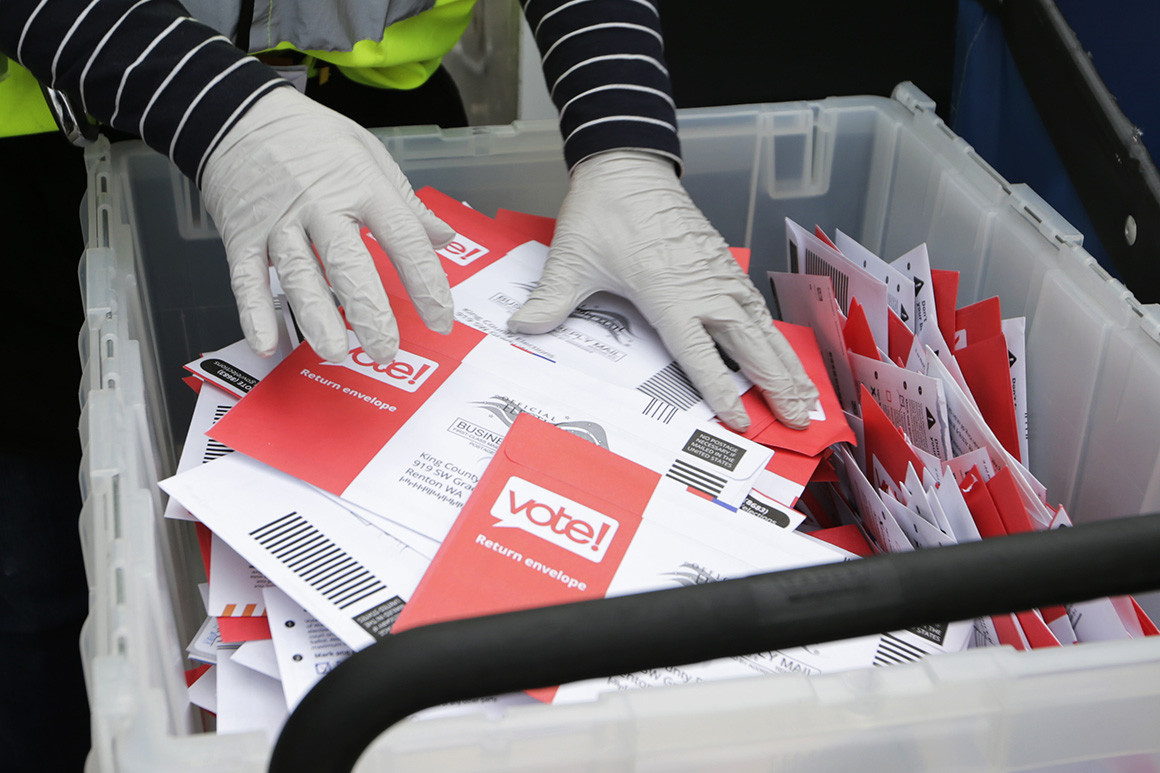By: The Editorial Board – wsj.com – November 4, 2020
A surge of unexpected votes for Donald Trump has confounded the forecasters—again. Whether it’s enough to carry him to victory in the Electoral College, as it did in 2016, was uncertain at this publication Wednesday morning. But by making the 2020 race close, and perhaps taking it into overtime, Mr. Trump has pulled off a second huge political surprise. At least a few pollsters might be looking for a new line of work.
The analysts called Florida for President Trump, as he outperformed his numbers from 2016. Georgia and North Carolina were trending red, but Arizona seemed to have flipped to Democrats from four years ago. The revenge of the John McCain Republicans? Decisive states in the Upper Midwest, including Wisconsin and Michigan, were too close to call.
Pennsylvania, as expected, was an electoral mess. At the last update Tuesday night, Philadelphia had tallied only about 76,000 of 350,000 mail ballots. Some counties won’t even start to count these votes until Wednesday.
Either candidate had a path to win by our deadline. But it’s already clear that the biggest early losers are the pollsters. The mainstream media polls all had Mr. Biden winning in a walk with a popular vote margin in the upper single digits. They were off in particular on Florida. The outlier pollsters like the Trafalgar Group, often derided by their colleagues, seem to have better judged the electorate.
Mr. Biden still seems likely to win the popular vote, but the margin will be narrower than predicted and the Electoral College was still up for grabs. Lamenting the Electoral College is a hardy perennial, but both parties know that it’s the measure of victory or defeat. Both campaigns focused on those swing states.
The tight race reminds us that democracy is surprising, and humility is good journalism practice. Especially in this year of Covid-19 and an economic recession, Democrats thought they were set up for a blue wave. But while they looked set to retain a House majority, a Senate Democratic majority was moving out of reach as GOP incumbents held on to win in Iowa and North Carolina.
Another surprise was Mr. Trump’s apparently strong performance among minorities, especially among Hispanic-Americans. He did especially well with those voters in Miami-Dade County in Florida.
The reasons will take some study, but our guess is that one was the economy’s strong performance before the pandemic. This lifted wages for low-skilled workers in particular after the slow growth Obama years. If Mr. Trump does win a second term, his late focus on the economy will be part of the explanation.
 Listen Online
Listen Online Watch Online
Watch Online Find a Station in Your Area
Find a Station in Your Area










 Listen Now
Listen Now Watch Online
Watch Online
